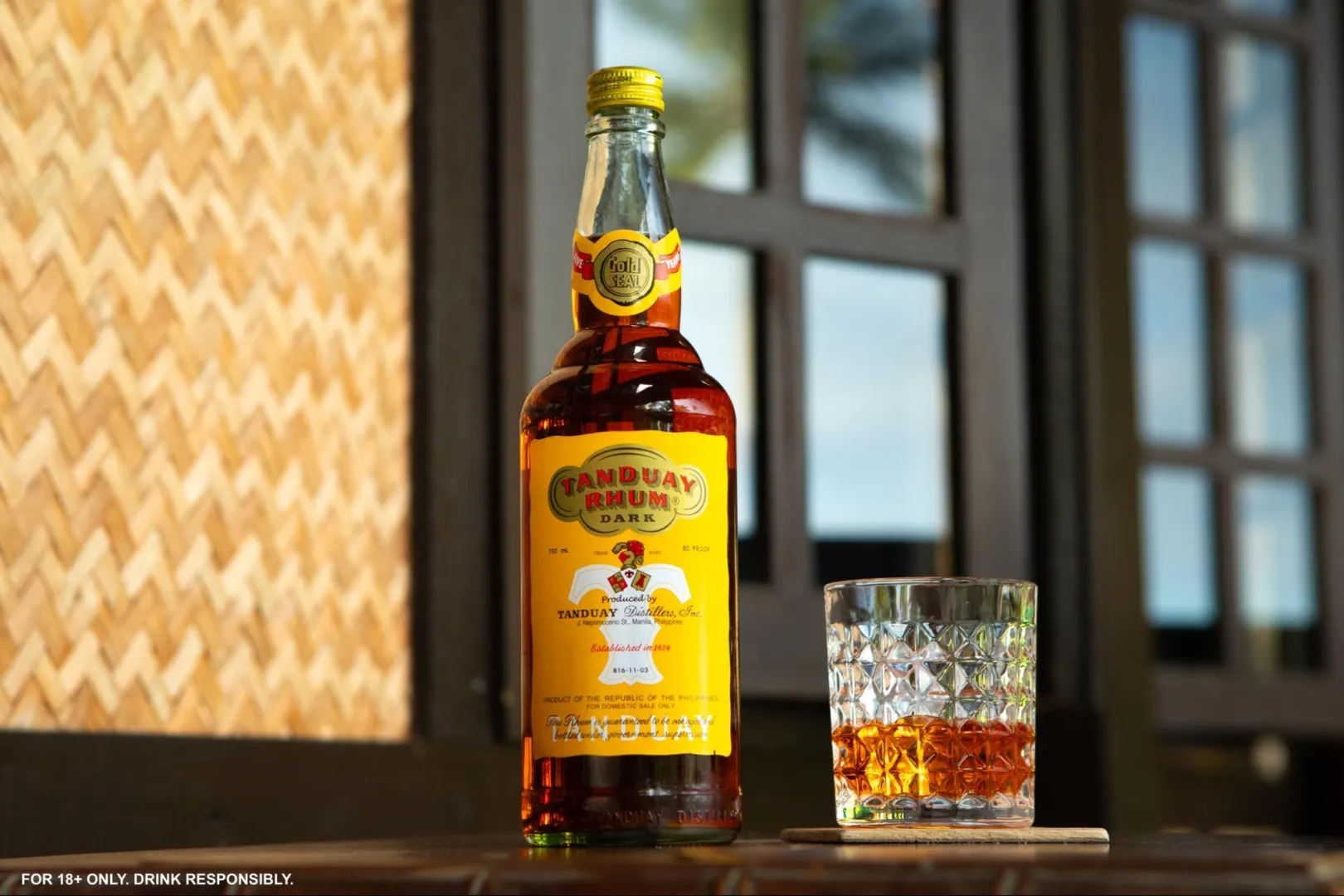
17 Must-Try Filipino Drinks
October 29, 2024

The Philippines is a haven for refreshing drinks. Whether you're looking to cool down with a sweet treat or seeking a local twist on a classic drink, the diverse range of Filipino beverages offers something for everyone. From traditional non-alcoholic refreshments to potent local spirits, these drinks complement the country's flavorful dishes and offer a taste of the rich culture and history of the Philippines.
Here are 17 must-try Filipino drinks that showcase the country's unique flavors–perfect for quenching your thirst!
Non-Alcoholic Drinks
Sago't Gulaman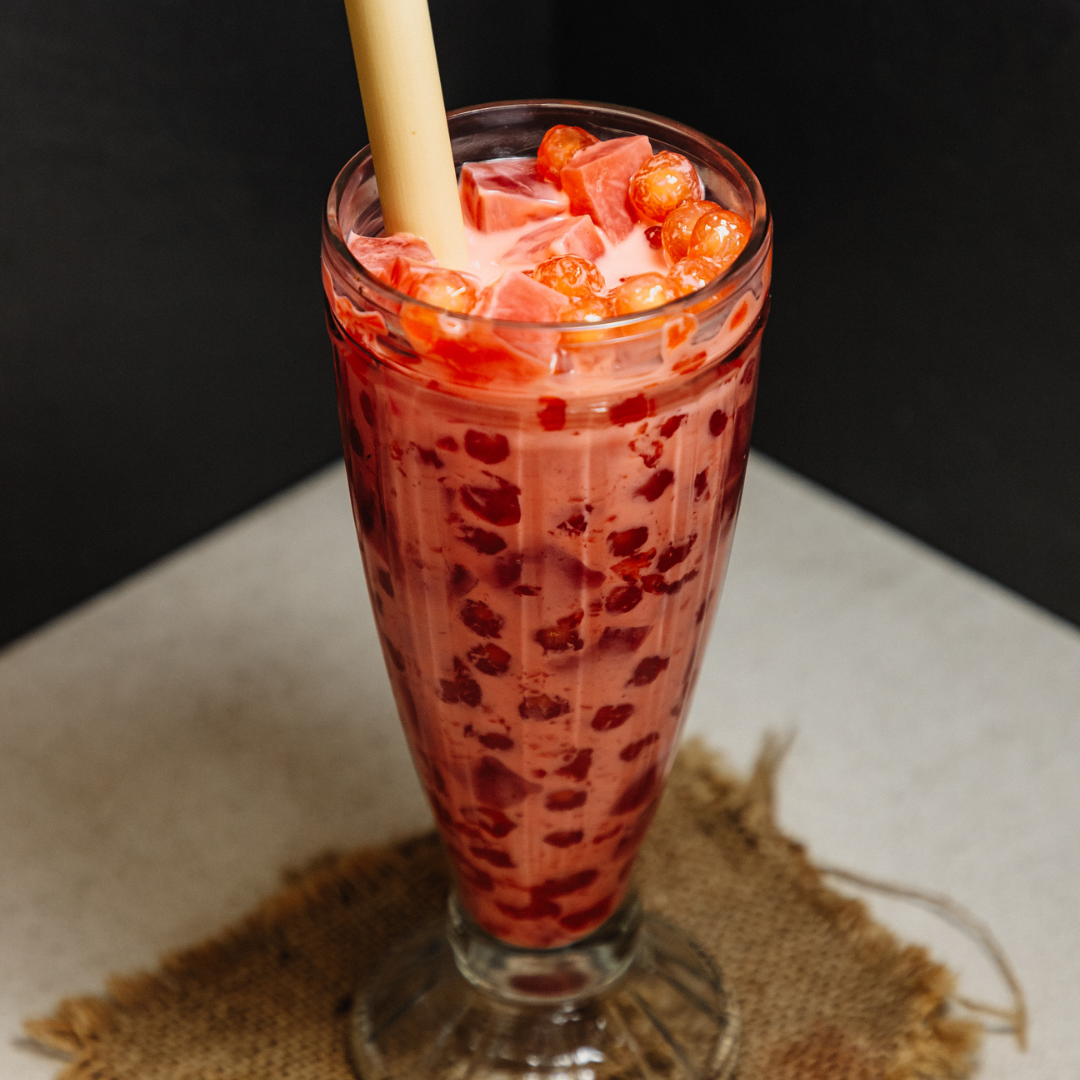
A classic Filipino refreshment, sago't gulaman is made from chewy tapioca pearls, sweetened with caramelized sugar syrup, and mixed with jelly-like gulaman. This drink is typically found in street vendors or local eateries and is particularly popular during hot days. It pairs excellently with street foods like kwek-kwek or lumpia, providing a sweet contrast to the savory flavors.
Guinumis
Guinumis is a traditional Filipino drink featuring sago, pinipig, and coconut milk, sweetened with sugar syrup. It's commonly served cold and can be found in local restaurants or cafes. This refreshing beverage is best enjoyed alongside desserts like bibingka or puto bumbong, making it a perfect afternoon treat.
Fruit Juices
Philippine tropical fruits offer many juice options, including calamansi, buko, mango, melon, and guyabano. These juices are often freshly squeezed and served in local markets, cafes, or restaurants. They pair well with Filipino breakfasts, such as tapsilog, offering a refreshing and zesty complement.
Buko Pandan
Buko pandan is a sweet drink made from young coconut strips, pandan-flavored gelatin, and a mix of coconut and condensed milk. This refreshing dessert drink is often served during Filipino gatherings and fiestas. It's a delightful match with grilled pork or seafood, adding a sweet and creamy finish to the meal.
Kapeng Barako
Kapeng barako is a robust coffee variety native to the Philippines, particularly in Batangas. Known for its bold and strong flavor, this coffee is often enjoyed black or with a bit of sugar. It is typically available in cafes like Garden Wing Cafe or as a brewed drink in traditional Filipino homes. Kapeng Barako is best paired with Filipino breakfast favorites like pandesal or suman.
Salabat
Salabat is a traditional ginger tea, made by boiling fresh ginger root with water and sweetening it with honey or sugar. This warming drink is commonly found in Filipino homes, especially during cooler months or rainy days. It's often consumed with kakanin or during breakfast with tuyo for a soothing start to the day.
Fruit Shakes
Fruit shakes are a popular way to enjoy the abundant tropical fruits in the Philippines. Common options include mango, pineapple, banana, and avocado. These shakes are usually blended with ice, milk, and some sugar. They are usually served cold at cafes, restaurants, or food stalls and pair well with light meals like sandwiches or as a refreshing complement to heavier dishes such as adobo.
Milk Tea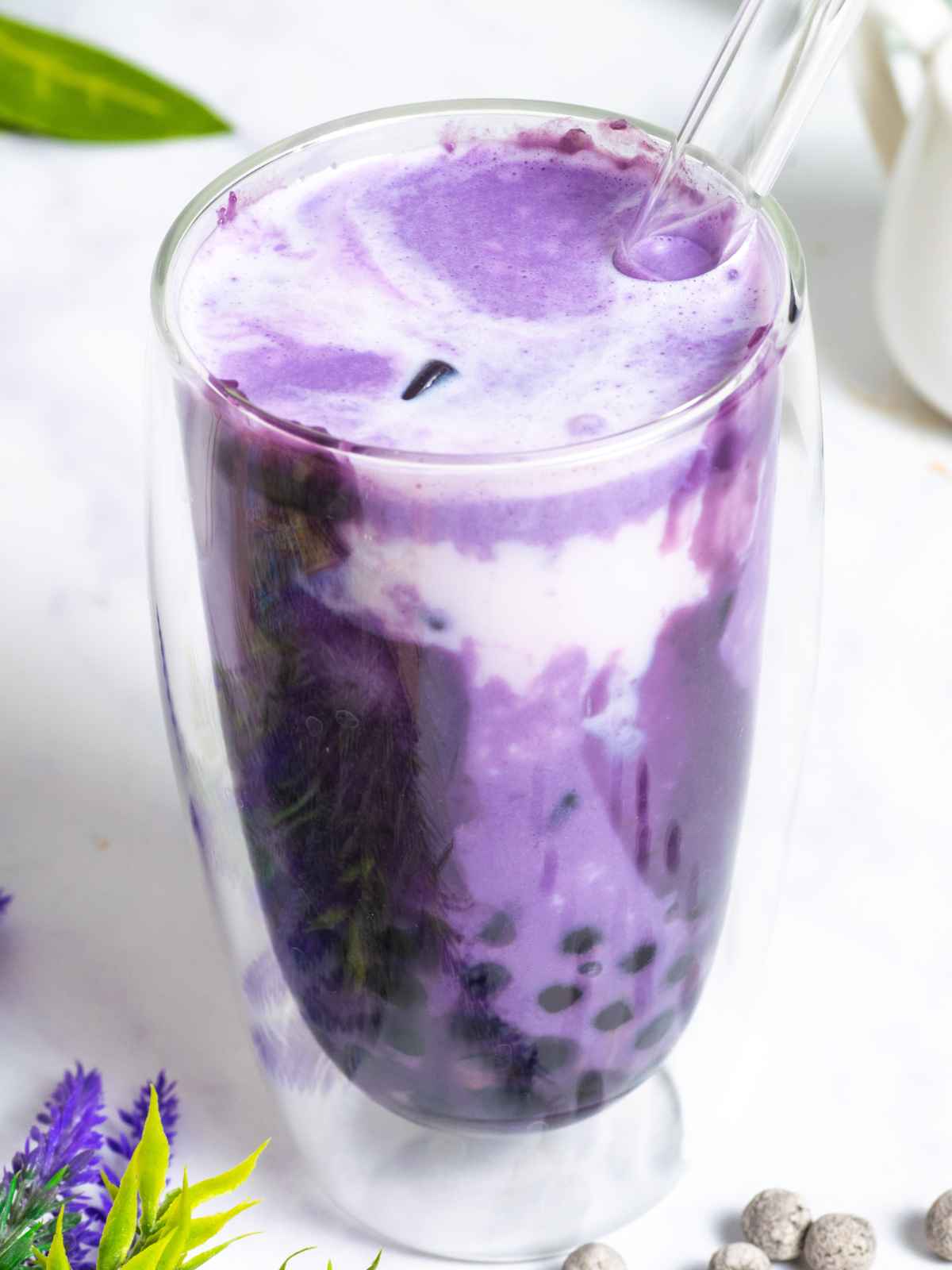
Milk tea has taken the Philippines by storm, with various Pinoy twists such as adding flan, or local flavors like ube. These drinks are widely available in milk tea shops across the country. They are perfect as a standalone treat or paired with Filipino snacks like ensaymada or siopao.
Alcoholic Drinks
Lambanog
Lambanog is a potent Filipino distilled spirit made from the sap of coconut flowers. It's often enjoyed in rural areas or during special occasions like fiestas. Lambanog is traditionally consumed as shots or mixed with fruit juices. It pairs well with pulutan such as chicharon or sisig.
Tuba
Tuba is a traditional palm wine made from the nipa palm sap, fermented naturally. It's commonly found in the Visayas and Mindanao regions, served fresh or aged for a more robust flavor. Tuba is usually enjoyed with salty snacks like kinilaw or dried fish, providing a perfect balance of flavors.
Bignay Wine
Bignay wine is a sweet red wine made from the small, tangy bignay berries native to the Philippines. This wine is typically available in specialty shops or local markets. Bignay wine pairs beautifully with Filipino desserts like leche flan or serves as a sweet complement to savory dishes like adobo or grilled meats.
Tapuy
Tapuy is a traditional Filipino rice wine often associated with the Cordillera region. Made from glutinous rice and rice yeast, this sweet and slightly tangy drink is typically served during cultural festivals and special occasions. It is best enjoyed with indigenous dishes like pinikpikan or during celebrations alongside various Filipino delicacies.
Basi
Basi is an Ilocano wine made from fermented sugarcane, known for its distinctively sweet and sour taste. It's a traditional drink often found in the Ilocos region, particularly during local festivals. It is a great companion to Ilocano dishes like bagnet or empanada, offering a flavorful pairing.
Beer
Filipino beer brands like San Miguel Beer (Pale Pilsen or Light) and Red Horse Beer are staples in the country. San Miguel Pale Pilsen is a light, crisp beer, while Red Horse is stronger with a slightly bitter finish. Both beers are widely available in convenience stores, bars, and restaurants. They are best paired with grilled meats, fried dishes, or street food like isaw.
Tanduay Rhum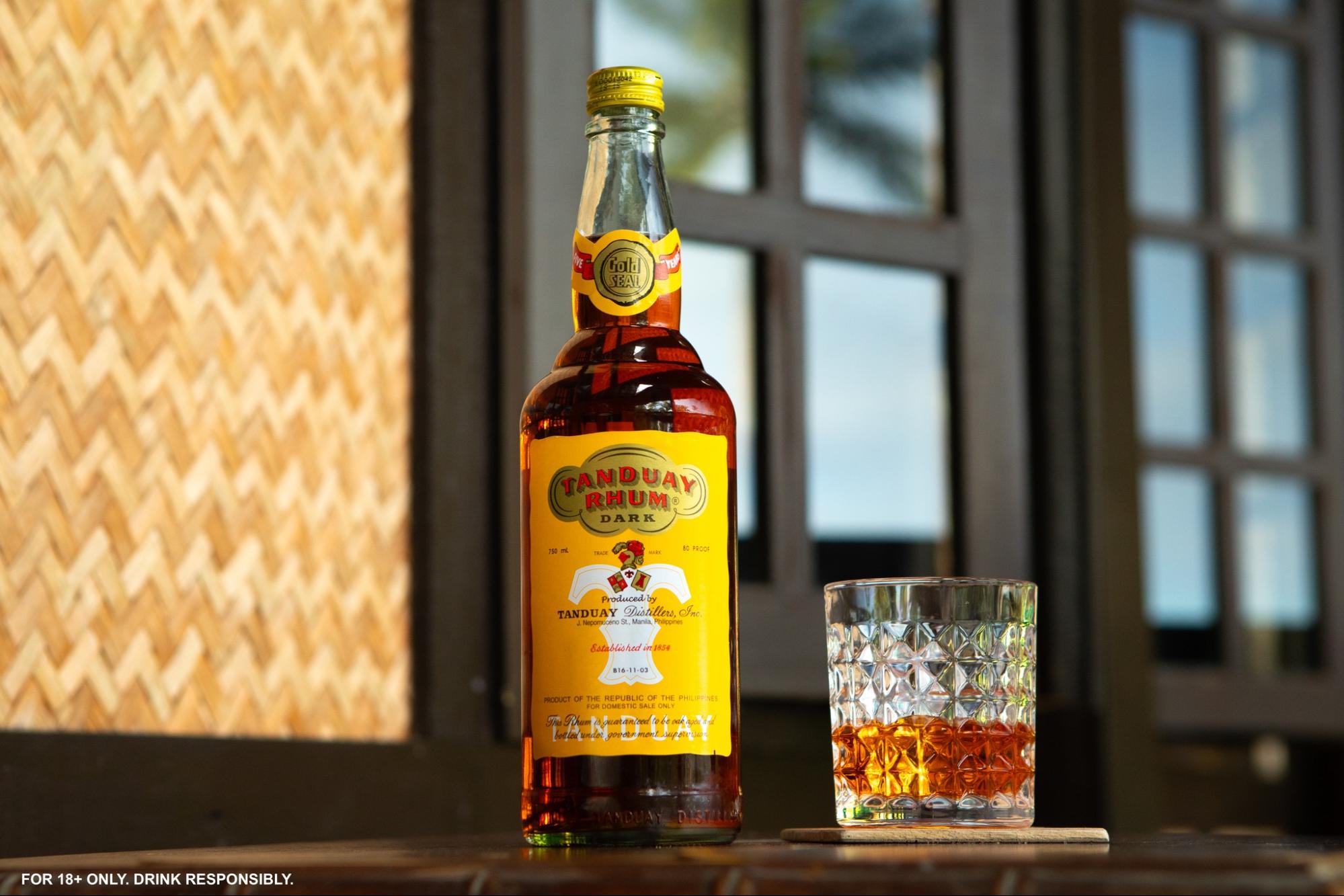
Tanduay Rhum is a popular Filipino rum brand made from sugarcane known for its smooth and rich flavor. It's available in various aging levels and can be found nationwide in liquor stores and bars. This rum is best enjoyed as a base for cocktails or paired with sweet snacks like pastillas or savory bar chow like peanuts.
Ginebra San Miguel Gin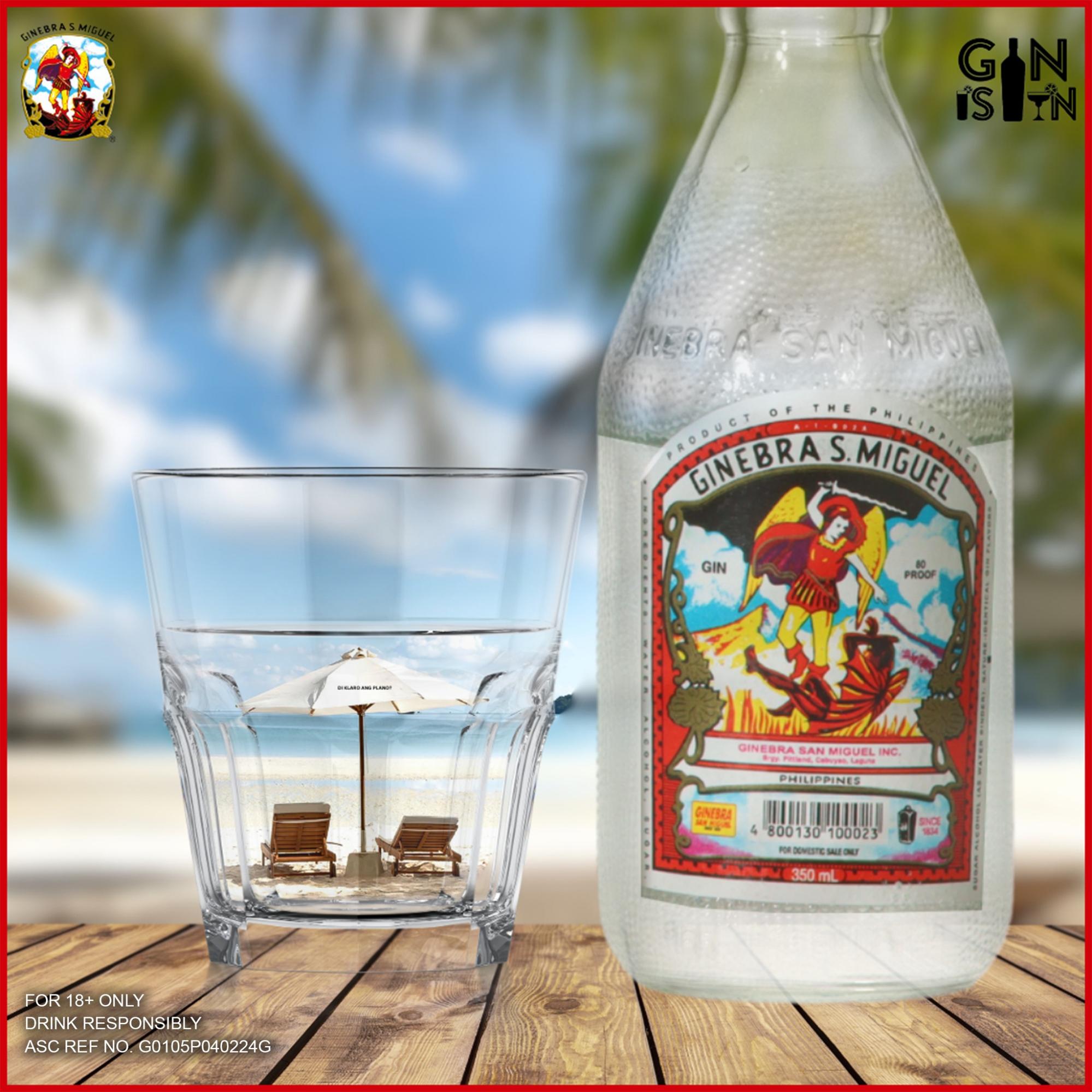
Ginebra San Miguel is the Philippines' most iconic gin, made from sugarcane and infused with juniper berries. This affordable gin is widely available and often mixed with local flavors like calamansi or served with tonic water. It pairs well with pulutan, such as crispy pata or barbecue, making it a popular choice for social gatherings.
Weng-Weng
Weng-Weng is a potent Filipino cocktail that combines multiple spirits including gin, rum, vodka, and brandy, mixed with fruit juices and grenadine. It's typically found in bars and restaurants and is known for its strong kick. It is best enjoyed with heavy dishes like lechon or as a party drink during lively celebrations.
Final Thoughts
From the sweet taste of a shake to the smooth, smoky depth of lambanog, the Philippines' beverage scene is full of vibrant flavors and cultural nuances. Each sip offers a glimpse into the country's rich heritage, inviting you to savor the unique tastes and aromas that make Filipino cuisine truly memorable. So, raise a glass and embark on a flavorful journey, discovering new delights and creating lasting memories in this tropical paradise.